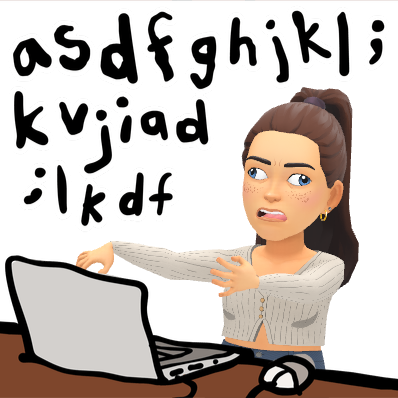Visible:
Our first task hands on task of the day saw us creating our own code and having a "tester"read it and a "robot" to complete it. That made me a have a whole new level of appreciation and admiration for those who create code! You almost feel a sense of frustration because in your head it may appear easy or straight forward but actually without putting in enough detail or information your code will not work.
I had the pleasure of working with Raquel when fumbling through Coblocks to make a virtual reality. Check out the end result. We managed to animate three different characters in three different ways. I could imagine the engagement from this programme would be amazing! And it would appeal to most people who took the time to explore it.
Tōnui collab have some fantastic technology and knowledge to share, it was a fantastic day! My eyes were definitely opened to a whole new world today.








